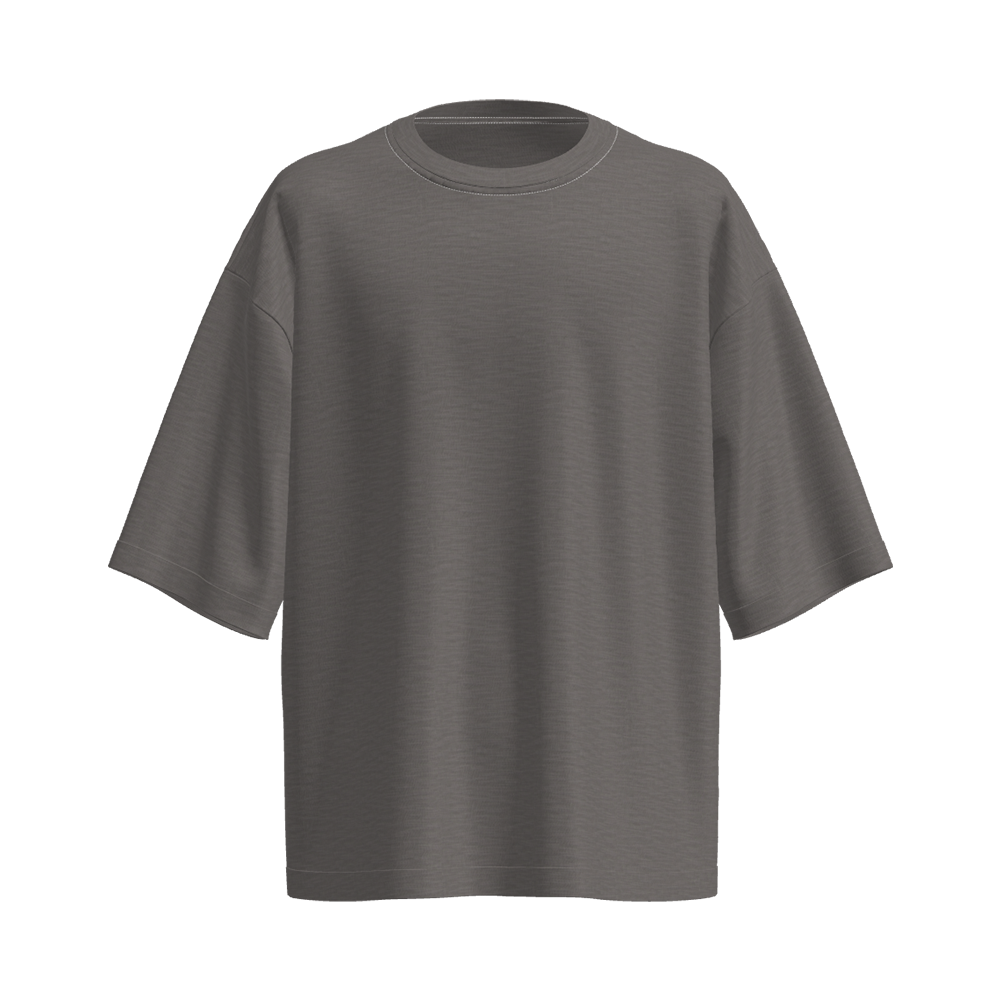
How to optimize the antibacterial treatment process to ensure the performance of antibacterial single-jersey knitted fabrics?
Antimicrobial treatment is the core step to impart antimicrobial properties to knitted fabrics. This process uses specific chemical or physical methods to introduce antibacterial agents into the knitted fabric structure, thereby achieving antibacterial effects at the fiber level. The choice of antibacterial agent is crucial, as it determines the broad spectrum, durability and safety of the antibacterial effect. However, simply selecting the appropriate antimicrobial agent is not enough to ensure the performance of the final product. Optimization of the antimicrobial treatment process is also indispensable.
The purpose of optimizing the antibacterial treatment process is to ensure that the antibacterial agent can be evenly distributed in the knitted fabric and effectively fixed inside the fiber. This requires that a series of key parameters must be strictly controlled during the treatment process, including treatment temperature, time, pH value, etc. Subtle changes in these parameters may have a significant impact on the antibacterial effect and even lead to fiber damage or antibacterial agent failure.
Processing temperature is one of the key factors affecting the penetration and immobilization of antimicrobial agents. Excessive temperature may cause changes in fiber structure, such as pyrolysis, melting or shrinkage, thus affecting the physical properties and appearance of knitted fabrics. On the contrary, if the temperature is too low, the antibacterial agent may not be able to fully penetrate into the fiber, resulting in poor antibacterial effect. Therefore, optimizing treatment temperature requires a comprehensive consideration of the chemical properties of the antimicrobial agent, the thermal stability of the fiber, and the performance requirements of the final product.
Treatment time also has an important impact on the antibacterial effect. Excessively long processing time may cause the antibacterial agent to excessively accumulate on the fiber surface, forming an uneven coating and reducing the antibacterial efficiency. Long-term high-temperature treatment may also accelerate the aging process of fibers and shorten the service life of the product. On the contrary, if the treatment time is too short, the antibacterial agent may not be fully combined with the fiber, resulting in unstable antibacterial performance. Determining the optimal treatment time requires a comprehensive consideration of the penetration rate of the antimicrobial agent, the adsorption capacity of the fiber, and the efficiency of the treatment equipment.
pH value is another important factor affecting the stability of antimicrobial agents and the structural integrity of fibers. Different types of antibacterial agents have different sensitivities to pH. For example, some organic antibacterial agents may hydrolyze, degrade or precipitate in acidic or alkaline environments, thereby reducing the antibacterial effect. The pH stability of the fiber is also critical. An overly acidic or overly alkaline treatment environment may cause the breakage, cross-linking or hydrolysis of fiber molecular chains, thereby affecting the strength and durability of knitted fabrics.
During the antibacterial treatment process, the pH value must be precisely adjusted to ensure that both the antibacterial agent and the fiber are in the most suitable chemical environment. This usually requires the use of buffer solutions or pH adjusters to precisely control the pH of the treatment solution. The pH of the treatment solution also needs to be tested regularly to ensure it remains stable throughout the treatment process.
In addition to treatment temperature, time and pH, there are other key factors that need to be considered to ensure an optimized antimicrobial treatment process. These factors include:
Concentration of antibacterial agent: The concentration of antibacterial agent directly affects its distribution and fixation effect in knitted fabrics. A concentration that is too high may cause the antibacterial agent to form a thick layer on the fiber surface, reducing breathability and comfort; a concentration that is too low may not provide sufficient antibacterial performance. The optimal antimicrobial agent concentration needs to be determined based on the type of antimicrobial agent, the adsorption capacity of the fiber, and the performance requirements of the final product.
Selection of treatment equipment: Different treatment equipment have different effects on the optimization of antibacterial treatment processes. For example, continuous processing equipment can generally achieve more uniform treatment results, but may require higher investment and maintenance costs; intermittent processing equipment is more flexible, but may face the risk of uneven processing. When selecting processing equipment, production efficiency, cost-effectiveness, and product performance requirements need to be considered.
Optimization of post-processing processes: After antibacterial treatment is completed, a series of post-processing processes are required, such as washing, color fixing, drying, etc. Optimization of these processes also has an important impact on the performance of the final product. For example, the washing process can remove unfixed antibacterial agents and impurities, improving the safety and stability of the product; the fixation process can enhance the binding force between antibacterial agents and fibers to prevent the antibacterial performance from decreasing during subsequent use.
After optimizing the antibacterial treatment process, experimental verification and performance evaluation are required to ensure its effectiveness. This usually includes both quantitative and qualitative antimicrobial testing. The quantitative antibacterial test evaluates the antibacterial performance of the knitted fabric by measuring its inhibition or killing rate against specific bacteria; the qualitative antibacterial test visually demonstrates its antibacterial effect by observing the changes in colony morphology after the knitted fabric comes into contact with bacteria.
It is also necessary to conduct physical performance testing and chemical stability testing on the optimized antibacterial single-jersey knitted fabric to ensure that it can meet the corresponding standards and requirements during use. These tests include strength testing, abrasion resistance testing, color fastness testing, and washing resistance testing.
Optimizing the antibacterial treatment process is a key step to ensure the performance of antibacterial single-jersey knitted fabrics. By accurately controlling parameters such as treatment temperature, time, pH value, and considering other key factors such as antimicrobial agent concentration, treatment equipment selection, and optimization of post-treatment processes, the distribution uniformity and fixation effect of antimicrobial agents in knitted fabrics can be significantly improved. . It is also crucial to ensure the effectiveness of the optimized process and the stability of product performance through experimental verification and performance evaluation.
LATEST POST
Let’s create something amazing together
contact usDon't hesitate to contact when you need us!



 English
English 한국어
한국어 中文简体
中文简体









 +86-512-52528088
+86-512-52528088 +86-512-14546515
+86-512-14546515

